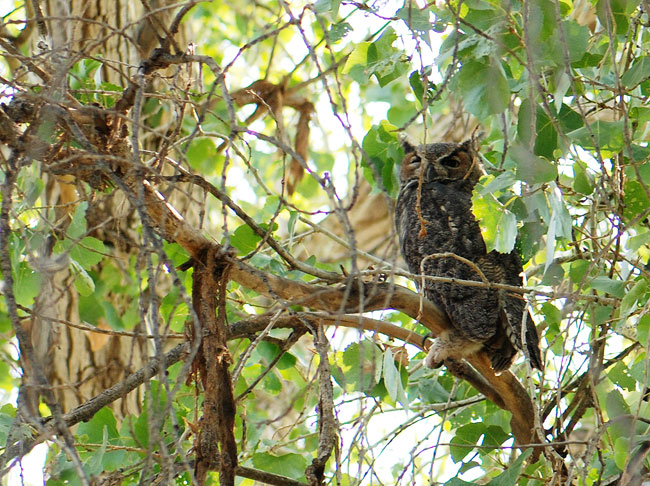Need a math book to help keep skills sharp for the summer? Look no further than Cool Math: 50 Fantastic Facts for Kids of All Ages by Tracie Young and Katie Hewett.
Organized as a series of two-page spreads, this small book packs in a king-sized number of tips, games, cool facts, and tricks that will interest even the most math adverse. Examples range from tips for quick multiplication to how to make a magic square. Tucked in are practical refreshers, like how to calculate area and volume.
Although designed for middle school, the title is correct; it could be fun for adults as well. You could read it cover to cover, but Cool Math is so easy to browse. Glance through the table of contents or thumb through the book. Either way, something will catch your attention and before long you’ll grab a pencil to figure out how it works. Plus, the practical tips will make you want to return to it again and again.
Cool Math is a fun, painless way to hone those math skills. Explore a copy today!
Related:
1. Try Sudoku puzzles.
Sudoku is an extremely popular game and it is easy to find instructions and free puzzles online. The puzzles can teach number and pattern recognition in preschoolers, as well as logic, spatial awareness, and problem solving to older children.
Here’s one example of an instructional video:
2. Look for other posts and activities in our math category.
3. Check out our growing list of math books for children at Science Books for Kids.
Age Range: 12 – 16 years
Publisher: Pavilion Children’s (March 3, 2020)
ISBN-10: 1843654482
ISBN-13: 978-1843654483
Disclosure: This book was provided by the publisher for review purposes. Also, I am an affiliate with Amazon so I can provide you with cover images and links to more information about books and products. As you probably are aware, if you click through the highlighted title link and purchase a product, I will receive a very small commission, at no extra cost to you. Any proceeds help defray the costs of hosting and maintaining this website.

Looking for more children’s nonfiction books? Try the Nonfiction Monday blog.












